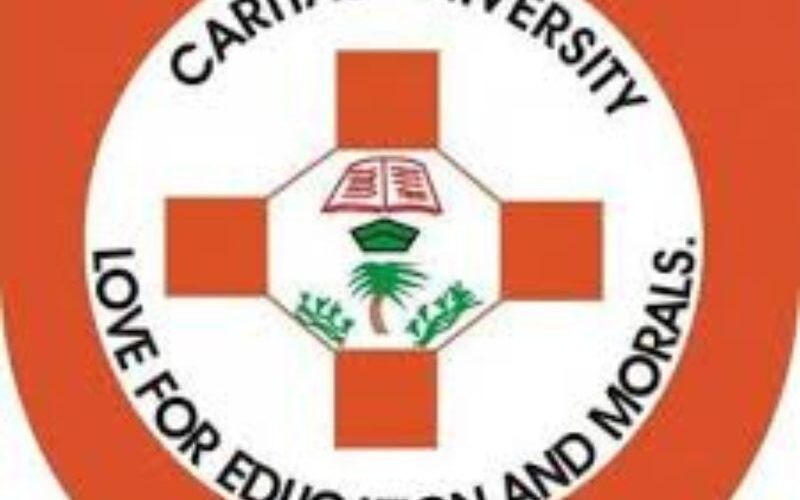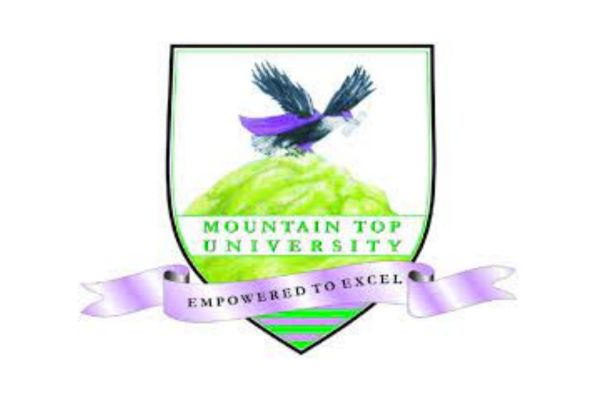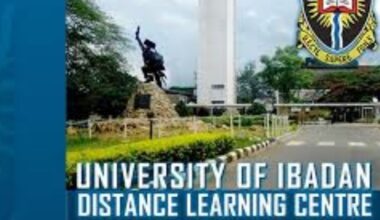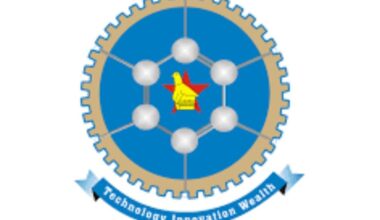The Caritas University Student Portal serves as a centralized online platform where students can manage their academic, financial, and administrative affairs with ease. Essentially, it’s a secure web-based system designed to streamline interactions between students and the university’s various departments. Powered by reliable software like SkoolBoard, the portal ensures that essential services are accessible around the clock, reducing the need for in-person visits and paperwork. Its primary purpose is to promote transparency, efficiency, and self-service, allowing students to take control of their educational path while the university focuses on delivering quality instruction.
While the exact launch date of the Caritas University Student Portal isn’t widely documented, it aligns with the university’s commitment to modernization since its inception in 2005. As Caritas expanded its programs—from engineering fields like chemical and mechanical to social sciences such as psychology and mass communication—the need for a robust digital system became evident. The Caritas University Student Portal has evolved to incorporate features that support both on-campus and remote activities, reflecting broader trends in Nigerian higher education where technology bridges gaps in resource-limited environments. Today, it’s an integral part of the student lifecycle, from admission to graduation.
Accessibility is a standout aspect of the portal, with compatibility across devices, including desktops, laptops, tablets, and smartphones. Students can log in via the official link at www.caritas.skool-board.com, making it convenient for those with varying levels of tech access. Whether you’re on a high-speed campus Wi-Fi or a mobile data connection, the interface is user-friendly, though it does require a stable internet link. This inclusivity ensures that even students from rural areas or those balancing part-time jobs can stay connected to their studies without missing a beat.
Key Features of the Caritas University Student Portal
Academic Management
One of the Caritas University Student Portal core strengths is its academic management tools, which put students in the driver’s seat of their learning. Course registration is straightforward, allowing users to select classes, view prerequisites, and confirm schedules all in one place. Beyond that, students can access their academic records, including grades, transcripts, and progress reports, providing real-time insights into performance. Timetables and exam schedules are updated regularly, helping avoid conflicts and ensuring everyone stays on track.
Financial Services
Handling finances can be stressful, but the Caritas University Student Portal eases this burden with dedicated financial services. Tuition fee payments are processed securely online, with options to track balances, view payment history, and even apply for scholarships or financial aid. This transparency helps students plan budgets effectively and avoid last-minute surprises, making the university experience more manageable for families from diverse economic backgrounds.
Communication Tools
Staying informed is crucial in a bustling university setting, and the portal’s communication features deliver just that. Announcements from administration, such as event updates or policy changes, appear prominently on the dashboard. Integrated messaging allows direct contact with faculty or support staff, while email notifications keep users alerted to deadlines or personalized alerts, fostering a sense of community even in a digital space.
Personalized Dashboard
Upon logging in, students are greeted by a customizable dashboard that tailors the experience to individual needs. Quick links to frequently used sections—like course materials or result checkers—save time, and widgets can display upcoming events or assignment due dates. This personalization makes the portal feel less like a generic tool and more like a personal assistant, adapting to each user’s routine.
Other Services
The portal goes beyond basics with additional services that cover everyday campus life. Hostel allocation lets students book accommodations, view availability, and manage preferences efficiently. Library resources, including e-books and journals, are accessible for research, while tools for clearance processes ensure smooth transitions between semesters. For those eyeing post-graduation steps, transcript requests and admission status checks are handled seamlessly, rounding out a comprehensive suite of offerings.
Benefits of the Student Portal
The sheer convenience of 24/7 access transforms how students engage with their education, eliminating the constraints of office hours or physical presence. Whether it’s midnight cramming or checking updates during a commute, the portal fits into busy lifestyles, promoting better time management and reducing stress.
Administrative processes that once took days now happen in minutes, from fee payments to course adjustments. This efficiency not only saves resources for the university but also empowers students to focus more on learning and less on bureaucracy, leading to higher satisfaction and retention rates.
Communication flows more freely, bridging gaps between students and staff. Timely notifications prevent oversights, while direct messaging encourages proactive problem-solving, creating a supportive environment where issues are resolved swiftly.
Transparency in records builds trust; students can monitor their progress without ambiguity, motivating consistent effort. For remote learners, especially during disruptions like strikes or pandemics, the portal ensures continuity, making education resilient.
Overall, it cultivates digital literacy, preparing graduates for a tech-driven world. By integrating these benefits, the portal elevates the entire Caritas experience, turning potential hurdles into opportunities for growth.
How to Access and Use the Student Portal
Getting started with the portal is simple and begins with logging in using your student credentials. Visit www.caritas.skool-board.com, enter your username—typically your student ID or email—and password, keeping in mind that details are case-sensitive. New users might receive initial login info via email upon admission, so check your inbox carefully.
Once inside, navigation is intuitive: the dashboard highlights key sections like academics, finances, and services. Hover over menus to explore sub-options, such as registering for courses by selecting from available slots or viewing grades under the results tab. First-timers should spend a few minutes familiarizing themselves with the layout to maximize efficiency.
Common issues like forgotten passwords can be resolved via the “Retrieve Access” link on the login page, where you’ll enter your email or ID for a reset. For technical glitches, such as slow loading, try clearing your browser cache or switching devices. The mobile view mirrors the desktop one, though some features like detailed maps might display better on larger screens.
Challenges and Limitations
No system is perfect, and the portal occasionally faces technical hurdles like server downtime during peak registration periods, which can frustrate users in a hurry. In regions with unreliable electricity or internet, these interruptions hit harder, underscoring the need for robust infrastructure.
Students in remote areas or with limited data plans might struggle with accessibility, as the portal relies on a stable connection. This digital divide can disadvantage those without smartphones or consistent Wi-Fi, highlighting broader equity issues in Nigerian education.
For non-tech-savvy individuals, the initial learning curve can be steep, with features like online payments requiring some guidance. While tutorials exist, not everyone seeks them out, leading to underutilization.
Looking ahead, incorporating user feedback could address these, perhaps through offline modes or simplified interfaces. Regular updates and training sessions would go a long way in mitigating limitations.
Impact on Student Experience
The portal revolutionizes engagement by making academic resources readily available, encouraging deeper involvement in studies and extracurriculars. Students who actively use it often report higher grades and better organization, as tools like schedule reminders keep priorities in check.
It nurtures a digital campus vibe, where virtual interactions complement physical ones, building connections beyond classroom walls. This hybrid approach prepares students for global workplaces that value tech proficiency and adaptability.
Feedback from users paints a picture of empowerment; many appreciate how it demystifies processes, allowing focus on personal development and community contributions aligned with the university’s ethos.
Conclusion
In wrapping up, the Caritas University Student Portal emerges as a cornerstone of modern campus life, seamlessly blending technology with the institution’s mission of holistic education. It handles everything from daily admin to long-term planning, ensuring students navigate their journeys with confidence and clarity. By centralizing resources, it not only saves time but also instills a sense of ownership over one’s academic path, reflecting the university’s dedication to excellence.
Looking forward, the portal holds immense potential for expansion, perhaps integrating AI-driven advisors or enhanced analytics to predict student needs. As technology advances, features like virtual reality tours or advanced LMS integrations could further enrich the experience, keeping Caritas at the forefront of innovative education in Nigeria.
Ultimately, every student should embrace this tool fully—it’s designed to amplify your potential and make university memorable for the right reasons. Dive in, explore its depths, and watch how it transforms challenges into triumphs, paving the way for a brighter future.







